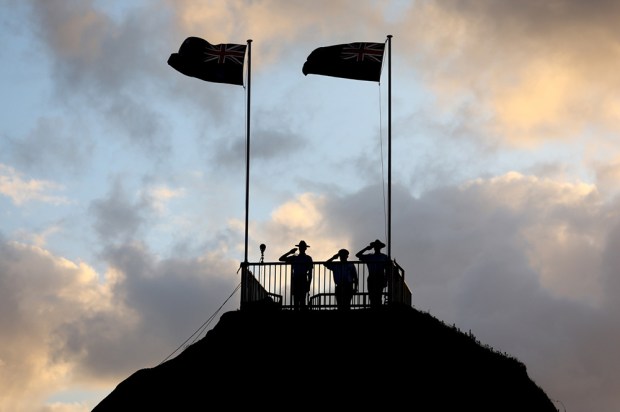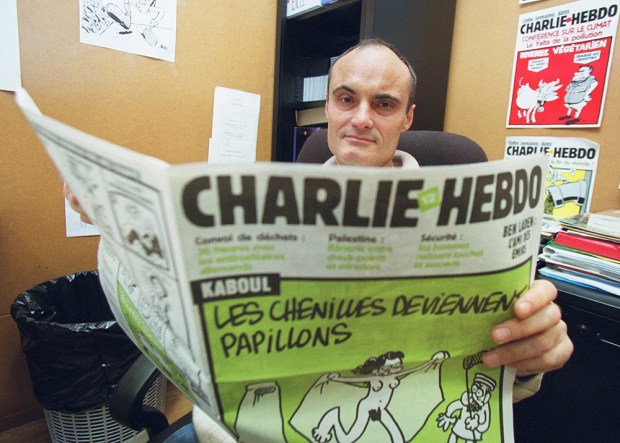Shanghai is a magical city – it was in the 1930s and it is again today, although it’s now a very different city with its own distinctive magic.
Due to its convoluted history as a ‘treaty port’, handed over to the British by the weak Qing Court, a result of the settlement in 1842 following the First Opium War, it developed from a muddy plot of land at the confluence of the Huangpu River and Suzhou Creek, near the mouth of the great Yangtze. This was the origin of a city that over the next hundred years grew into a global metropolis with a unique character, a hell-raising reputation and a most peculiar form of governance.
From its earliest days, the imprint of a few Jewish dynasties on Shanghai’s meteoritic rise cannot be overstated. Following the British takeover, a small number of Jewish families arrived, originally from Baghdad. Although initially in the dubious opium trade, over time they moved into real estate, banking and manufacturing and became very rich, playing a key role in the city’s development.
The founding family was the Sassoon’s – David, Elias and eventually Sir Victor (the great war poet Siegfried Sassoon was related). Following the geography of the then expansive British Empire, the family moved over decades from Baghdad to Bombay to Shanghai. Sir Victor is remembered for many things, not least as the man who built Asia’s top hotel at the time, the Cathay on The Bund, and contributed greatly to the city’s reputation for glamour. Other Baghdadi Jews established their own empires – most prominent being the Hardoons and Kadoories. They were all great philanthropists, helping make the Jewish influx manageable.
By the mid 1930s, Shanghai, a witness to the turbulence of Japanese aggression and a Chinese civil war, was surprisingly calm, effectively ‘run by the British’ who had a majority on the Shanghai Municipal Council. The Council ran the International Settlement with the Americans as a junior partner, with French and Japanese concessions all part of a messy mix, allowing the Shanghainese to do what they did best – making money.
And it was this somewhat unruly and totally unique compromise, ensuring extraterritorial status for the Europeans which defined Shanghai as a city-state with no real claim to conventional sovereignty and thus no requirement for visas or the usual controls over international migration. This was the key to the Jewish salvation. In the interwar period these factors meant that from the early 1900s the city had evolved into a dynamic laboratory for unfettered capitalism, with a colourful, if often callous, reputation. It also became known as a refuge of last resort for those escaping the political upheavals of a troubled world. Many thousands of ordinary Chinese desperate for some security constituted the overwhelming majority, followed by various European flows starting with the so-called ‘White Russians’ fleeing the consequences of the Bolshevik revolution, and then the Jews fleeing the Nazi hell. This last wave of misery is the subject of a recent exhibition at Melbourne’s Holocaust Museum.
The ‘settled’ European community fluctuated between 20,000 and 50,000, composed primarily of British nationals, but including many French and German citizens (not surprisingly, the city was also a hotbed of spies).
The first established Jewish community in Shanghai, mostly Baghdadi and Russian, never numbered more than 10,000. The Jewish refugees from Hitler came mostly in the late 1930s and numbered approximately 20,000. The context of that outpouring is critical. While many Jews left Europe earlier, many couldn’t. By the time of Kristallnacht in 1938, the ‘writing was on the wall’, both literally and figuratively, and the urgency to leave Europe undeniable.
In 1938 a conference was convened in Evian, France, to address the question. For eight days, the representatives of 32 countries and the major humanitarian groups pondered the crisis but it came to nothing. As Chaim Weizman observed at the end of it: ‘The world seems to be divided into two parts – those parts in which Jews cannot live, and those where they cannot enter’. At that stage, Australia wasn’t particularly helpful either. Shanghai, almost alone in the world, due to the historical fluke of having no visa requirements, was seen by many as the only hope left.
As I walked into the Holocaust Museum to attend one of the talks in its Shanghai program, I was fortunate to bump into an old acquaintance, a distinguished member of the Melbourne Jewish community and a witness to the Shanghai Jewish story – Sam Moshinsky OAM. It is from him that I started to understand more of this fascinating story – even though having worked in Shanghai as an editor I knew something of the history.
Sam is a true ‘Shanghailander’. He was born there in 1934 of a Russian Jewish family from Odessa who moved to Vladivostok in 1905 before settling in Shanghai in the 1920s. As he tells it: ‘I lived through four cycles of Shanghai’s chaos. First, in the French Concession (taking orders from Vichy from 1940), then came the Japanese occupation in December 1941 when most of the Jews were interned, then the rule of the nationalists (the Kuomintang) and finally the communist take-over in 1949’. Almost all of Shanghai’s Jews left at war’s end, thousands of whom made their way to Melbourne and Sydney. Sam and his family did so in 1952.
He tells me the transition to life in Melbourne in the early ‘50s was a strange time with dislocated memories. Having survived what J.G. Ballard referred to as ‘the surrealism of everyday life’ during the war years – in the famous memoir of his youth, Empire of the Sun (later a Spielberg movie) – Sam has told his own story of growing up in Shanghai, with many parallels to Ballard’s, in his absorbing book Goodbye Shanghai (2009).
The Jewish refugees didn’t know it at the time but they survived at least two near misses – the escape from Europe and from a Gestapo attempt in 1942 to exterminate them, a plan proposed by Himmler to the Japanese who chose not to act on it. Fortunately, neither the Japanese nor the Chinese have a tradition of anti-Semitism. Which is not to say their governments’ don’t have much to ask forgiveness for on other fronts. That said, at least the symbolism of this Chinese government-funded roving exhibition is a hopeful sign.
Got something to add? Join the discussion and comment below.
Get 10 issues for just $10
Subscribe to The Spectator Australia today for the next 10 magazine issues, plus full online access, for just $10.
You might disagree with half of it, but you’ll enjoy reading all of it. Try your first month for free, then just $2 a week for the remainder of your first year.













Comments
Don't miss out
Join the conversation with other Spectator Australia readers. Subscribe to leave a comment.
SUBSCRIBEAlready a subscriber? Log in